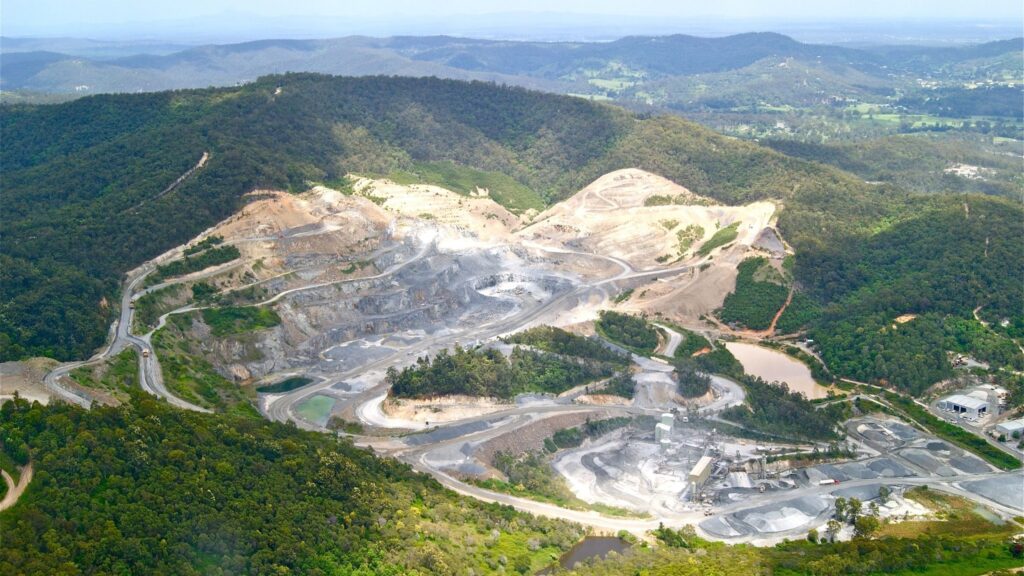Mineral resources (oil/gas/coal) are naturally occurring commodities or minerals beneath the earth’s surface. Oil/gas companies often mine them for economic purposes. Mineral rights deeds ensure rightful ownership. This guide will look into mineral deeds and how they work. So, keep on reading!
What is a Mineral Deed and how does it work?
Mineral deeds are legal documents (contracts) that ensure holders have executive rights over the many valuable minerals that might be found beneath the surface of a property. The holder of this deed (the mineral owner) has a right to use the surface property or land while extracting the minerals. Deed holders can also profit from the sale of minerals on the market.
The deed holder has the authorization to create and grant additional leases on the site for any entity or a third-party company providing extraction services (for instance, oil and gas companies). A mineral deed may convey a quitclaim deed or a title warranty. However, in the former, the title is not warranted.
The legal right to earn and keep any income from leases lies with the deed holder. Besides this, the deed holder can regain full ownership after the expiration of any third-party lease.
These rights also determine that the deed holder has power over how the minerals can be extracted from the property.
For example, by an oil/gas company.
Mineral ownership also comes with the right to implement a mineral rights transfer. A specialist mineral lawyer typically handles such a transfer. The lawyer will oversee the sale to a new owner, whether an individual or a business.
Alternatively, a lawyer may transfer rights as part of an inheritance following the death of the previous owner. Holders of the mineral deed can also reserve any rights to receive lease bonuses and delay rental payments.
A mineral deed may convey all or parts of the mineral rights. When mineral rights are granted by deed, the deed holder may choose to sell/transfer a portion of the rights to another person or entity.
Yet, a mineral rights holder does not automatically receive full surface rights over the land. The holder is not permitted to assume control of the entire surface land for extraction purposes from the landowner and has no ownership right over the buildings on the surface. Furthermore, the mineral rights holder may allow the surface owner to enter or use the property subject to mutual agreement.
Are there different types of mineral deeds?
Yes, different types of deeds cover the ownership of minerals. However, identifying the different types can be challenging. What they express may not clearly outline the royalty and executive rights. Note that certain deeds are vaguely worded, as they were created during an earlier time.
Sometimes, deed holders might need to seek legal information from a law firm in cases where there is a disagreement about the deed’s identity. Besides this, problems might also result from the differences between state policies concerning granting and execution of any royalty agreement and deeds covering minerals. The laws and languages vary from one jurisdiction to another.
In addition, to minimize the need for legal action from all parties, it is vital to consult with an oil and gas attorney or a law firm that can help with a proper interpretation. The correct advice can also resolve any uncertainty about whether the deed is a mineral or royalty deed concerning any minerals found.
What is the difference between a mineral deed and a royalty deed?
Mineral and royalty deeds are not the same. Royalty deeds do not support surface access or extracting or selling valuable minerals, including natural gas. An owner of a royalty deed can only benefit economically when the mineral owner begins to produce and sell the minerals.
With this in mind, it is easy to see that a mineral deed is less restrictive as it offers more rights over mineral interests than a royalty deed. In addition to this, both types are different due to the size of the financial stake.
While a holder of a mineral deed can enjoy a higher reward, they often expose themselves to a higher level of risk. It is also possible for a deed holder to extract and sell any mineral located in the deeded land while also enjoying a large percentage of the profit.
In stark contrast, some limitations ensure the holder of a royalty deed can only receive royalties from the sales of minerals. They also have no responsibility for or control over mining and extraction activities on the property.
Furthermore, it is also impossible for a royalty deed holder to grant a third-party lease on the property in question. As mentioned earlier, only mineral deed holders can grant leases. Apart from this, holders of royalty deeds may not enjoy lease bonuses or delayed rental payments, unlike mineral owners.
What type of information can you read in a mineral deed document?
Sometimes, it might prove daunting to peruse the legal paperwork that informs you what you own. A deed is a legal document written and arranged in various ways. While some are straightforward, others can be vague. Vagueness often presents difficulties for mineral owners as they must carefully interpret the content of their deeds.
The critical information is usually in the first paragraph of mineral rights contracts. It provides answers to all “W” questions, including:
- Who the buyer is
- Who the seller is
- Where the minerals are located
- Where the minerals are sold
- What minerals are sold
- When the sales become effective
For anyone who faces the challenge of understanding a complex deed, they can focus on watching out for two crucial pieces of information:
- Name of seller/grantor
- Location of the property
With these details, a professional can discover all the necessary information in the county’s public records. For those that are entering negotiations that concern mineral rights, they must understand how mineral transactions work.
Mineral deeds often include a partial license that ensures the removal or sale of the minerals. However, in some cases, the seller can retain certain rights. It also typically states the buyer’s right to incorporate third-party companies that help in facilitating the removal of the minerals that are present on the property.
How to get a mineral deed?
You might own mineral rights but not a mineral deed. In this case, the first step in the process of getting a mineral deed is easy. You can get one by going to the county courthouse and requesting a copy of the deed record from the county clerk. The mineral deed will list the owner of the minerals and any restrictions on the use of the minerals. You can also contact a local attorney specializing in mineral law to help you obtain a copy of the deed and advice on how to claim the minerals you own.
Conclusion
Before buying property from a property owner, an important consideration is that you don’t necessarily need to buy every right available on that property. In many cases, some sellers might sell the rights in deeded forms to various involved parties. One of these deeds is the mineral deed. Typically, these legal documents stipulate the rights over the minerals beneath the land. Also, such a deed may grant the buyer an option to extract those minerals.
It is always best to talk with specialist attorneys or an experienced mineral agent who can advise you as a mineral title holder on how best to conduct any transaction regarding a mineral deed or a mineral rights transfer.








Leave a Reply